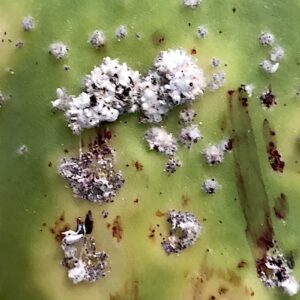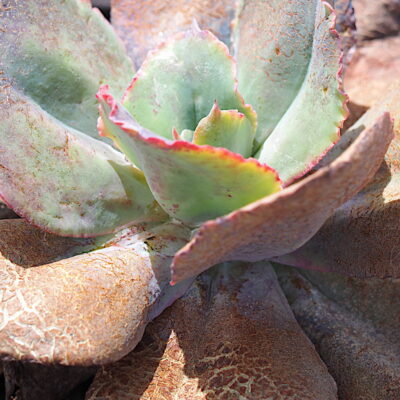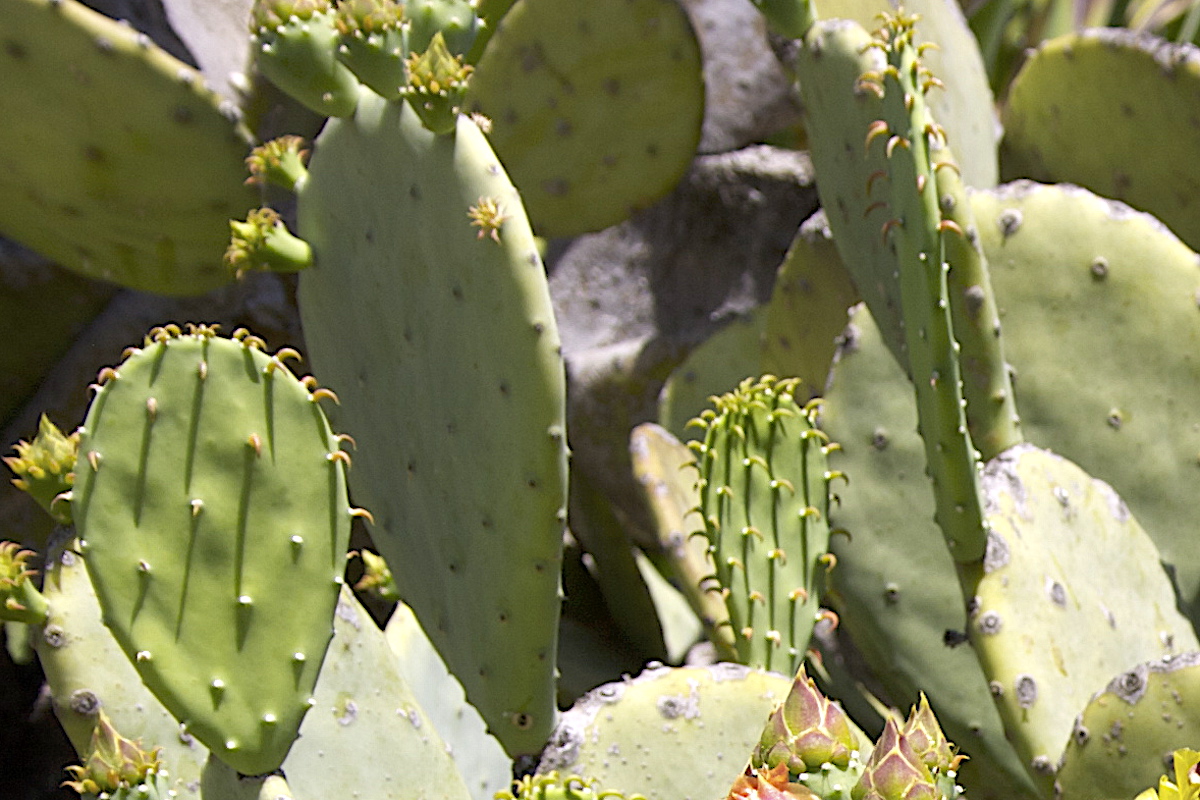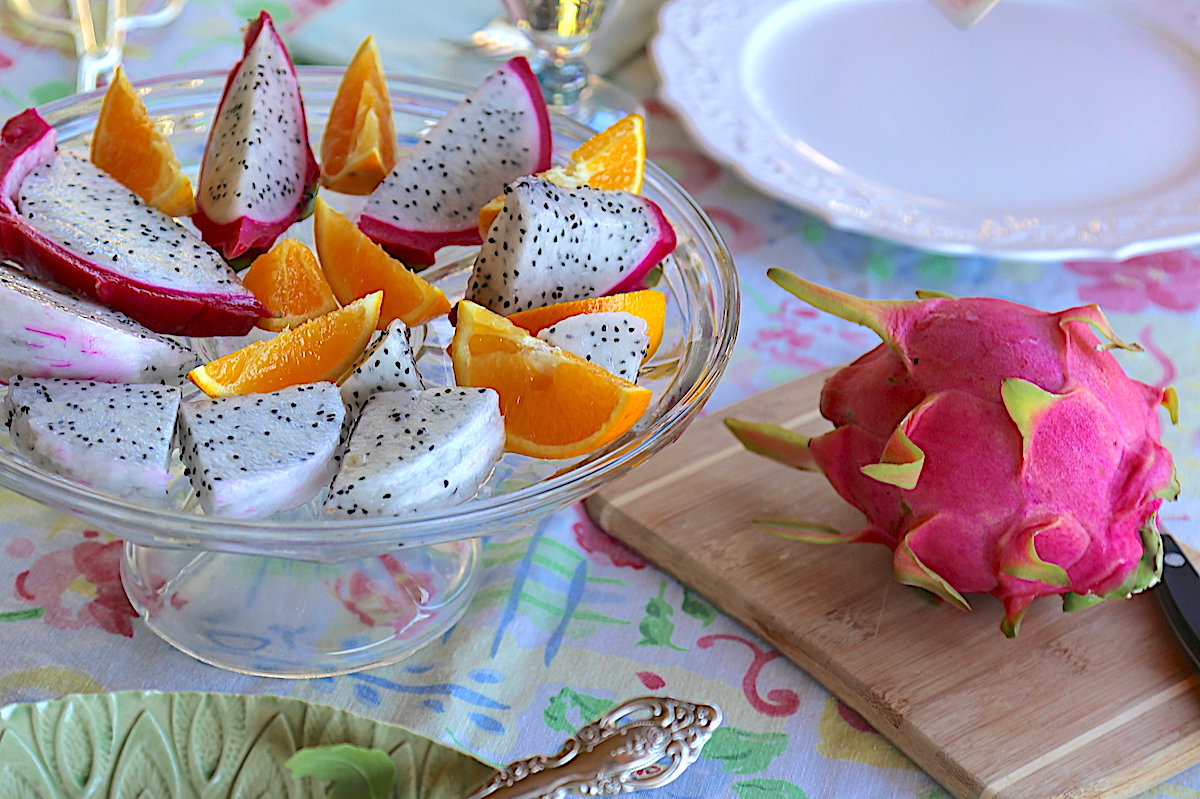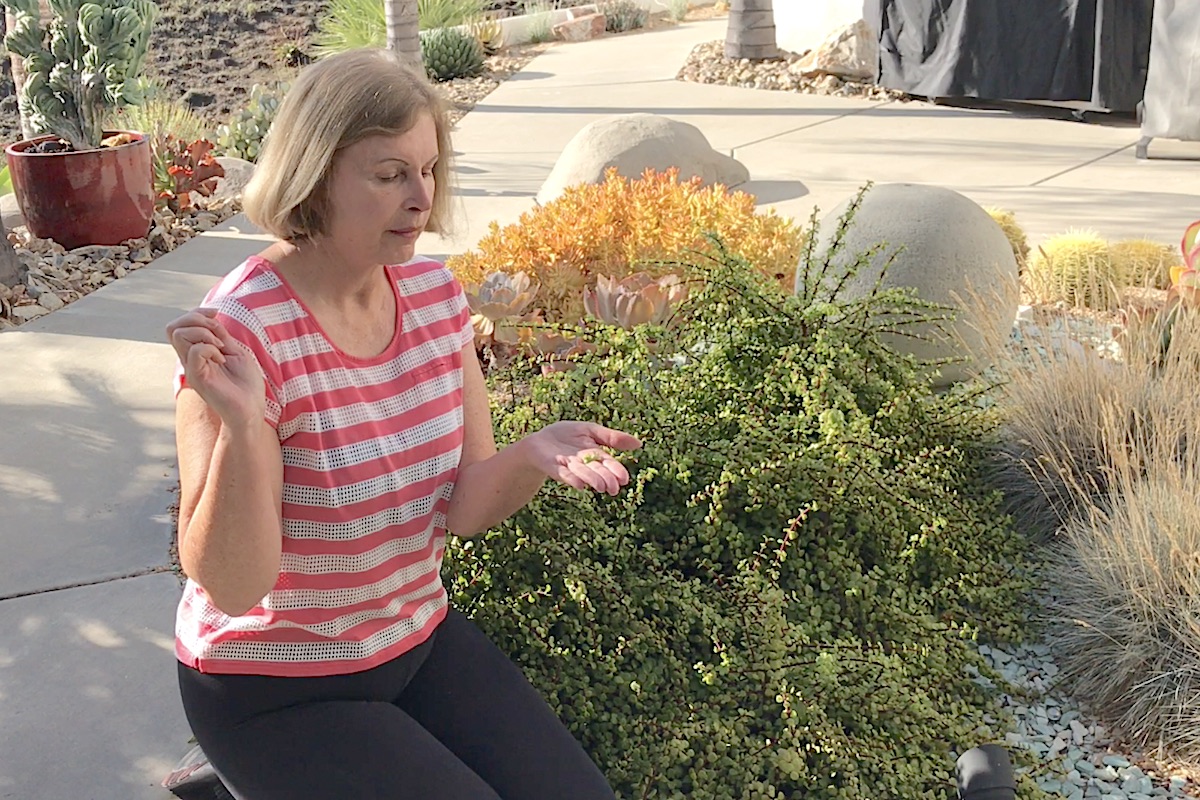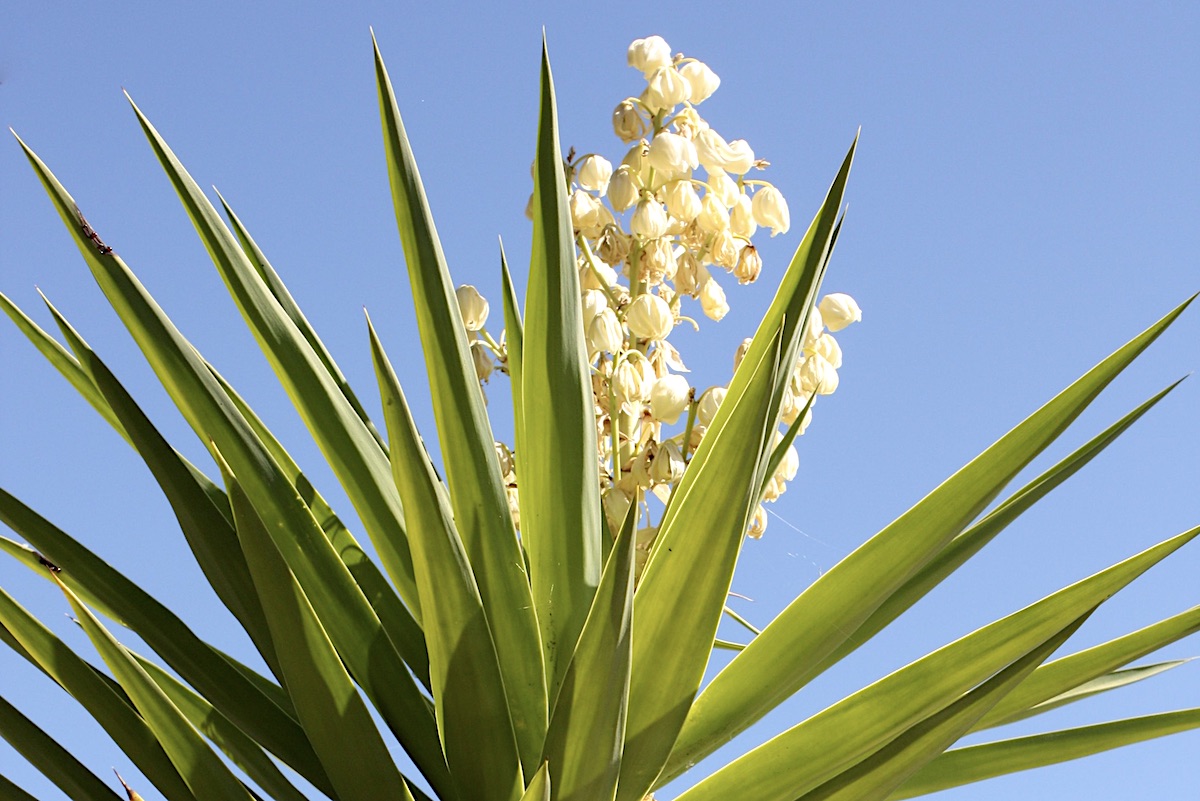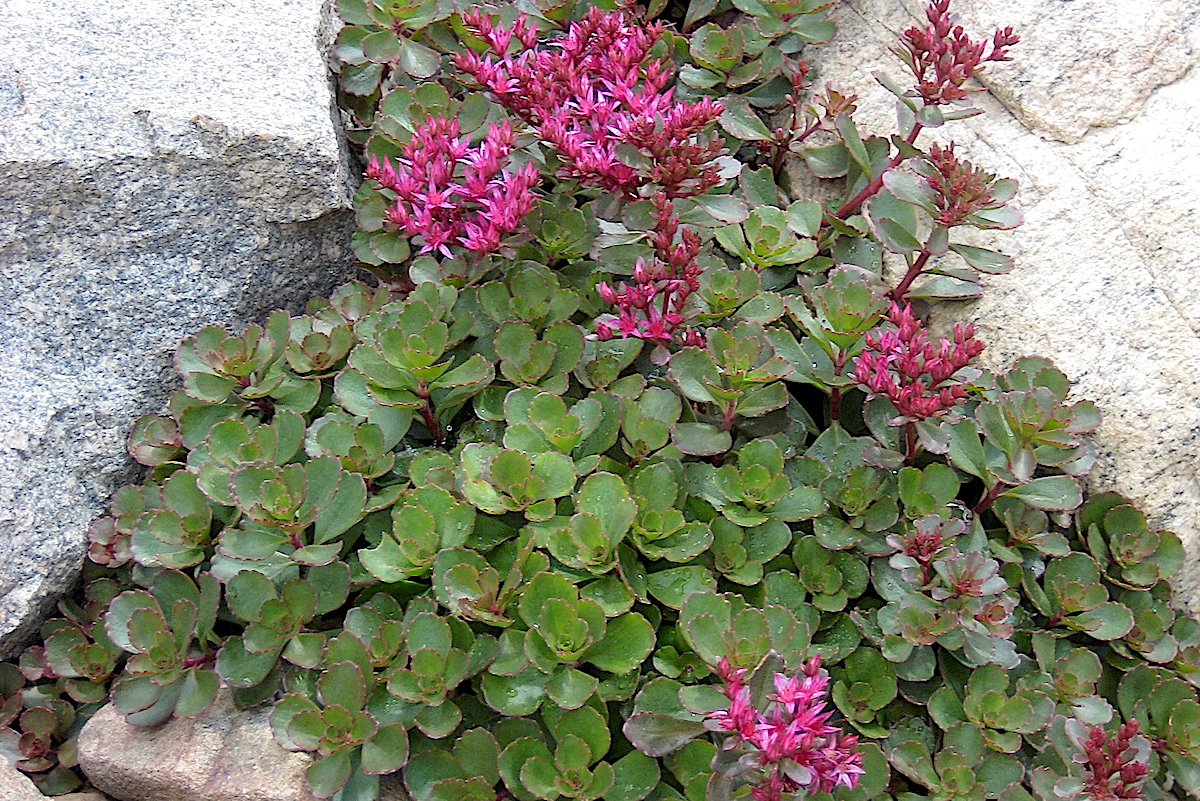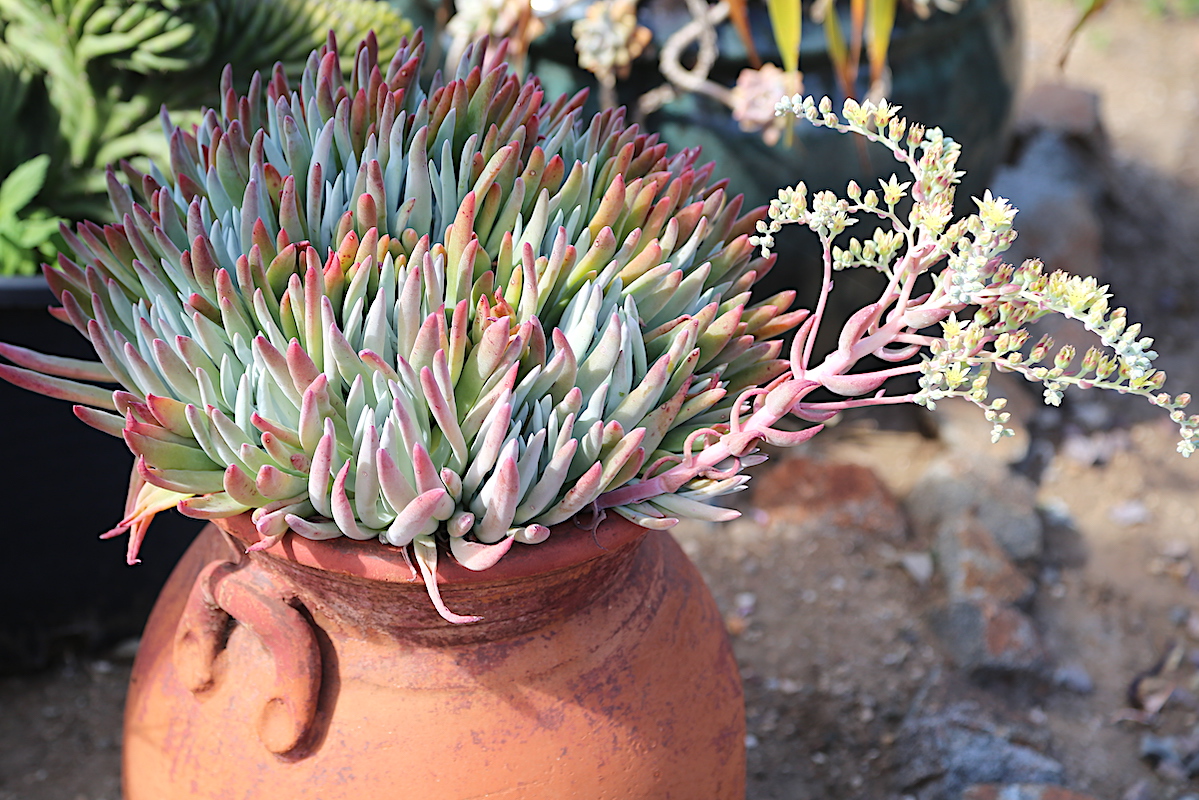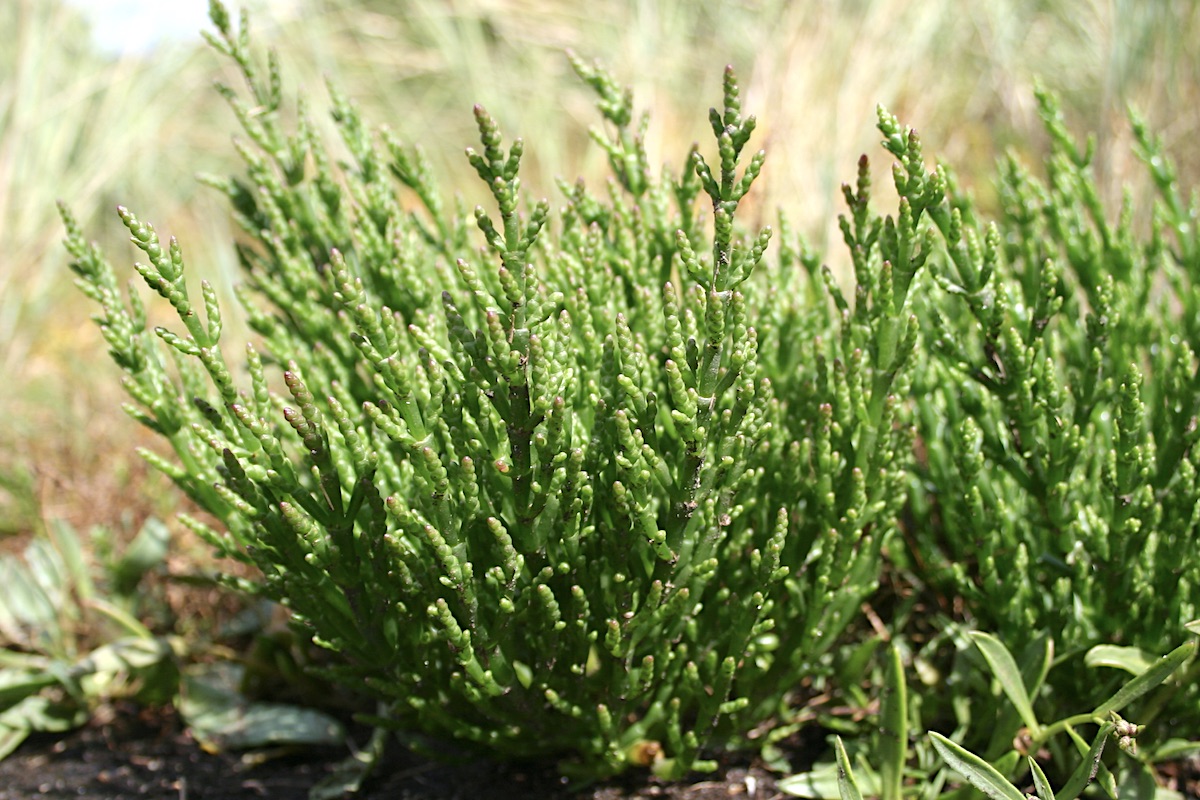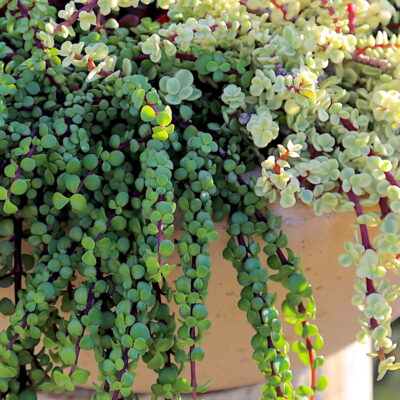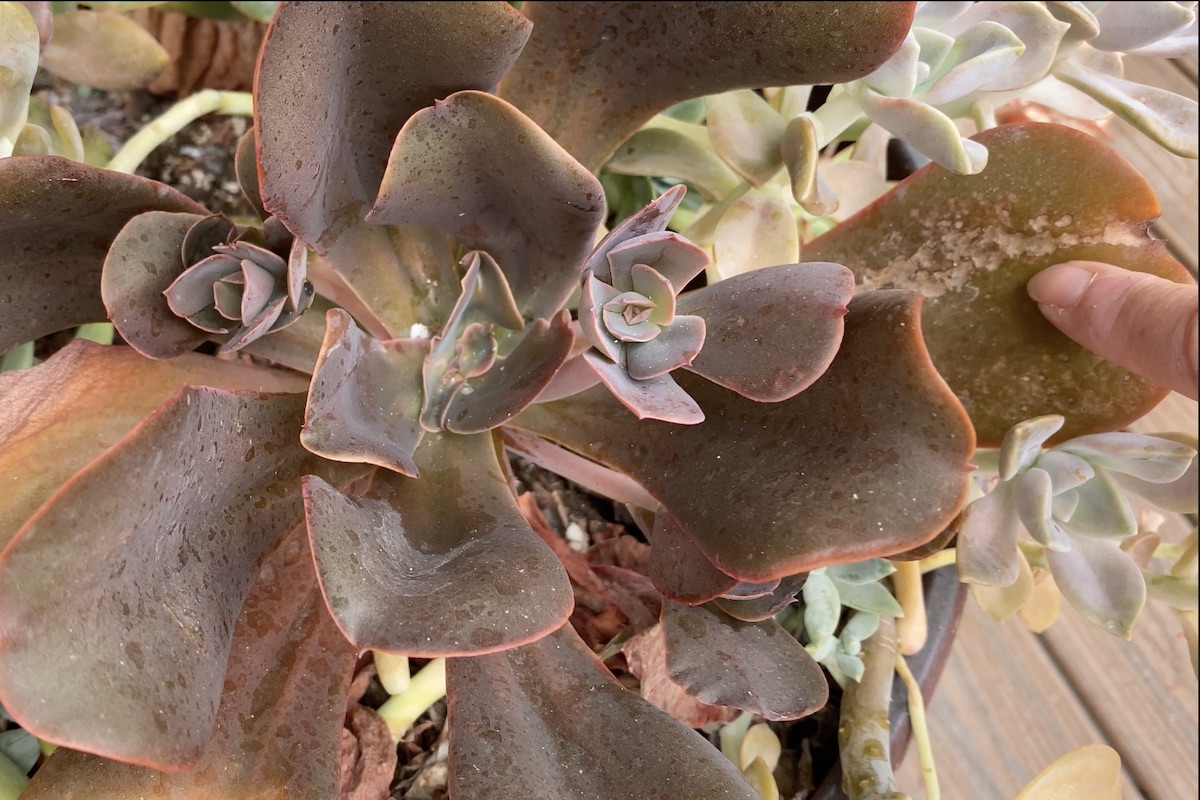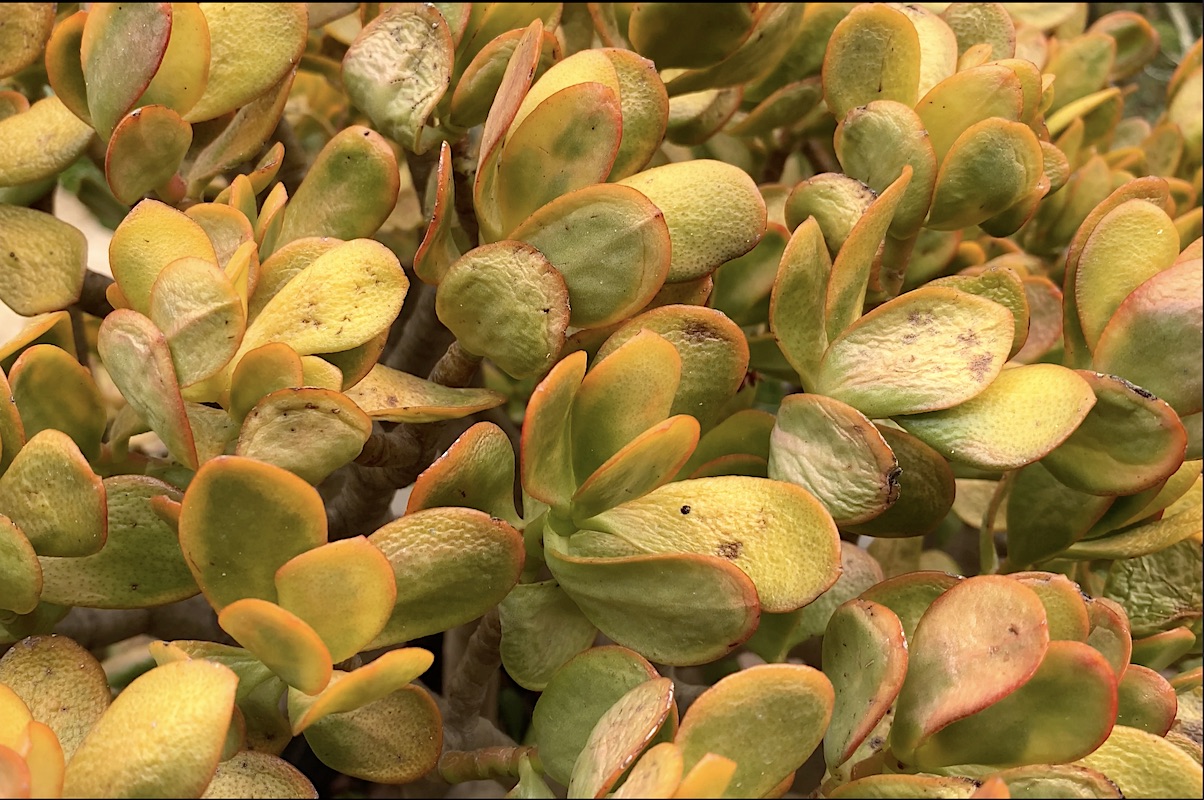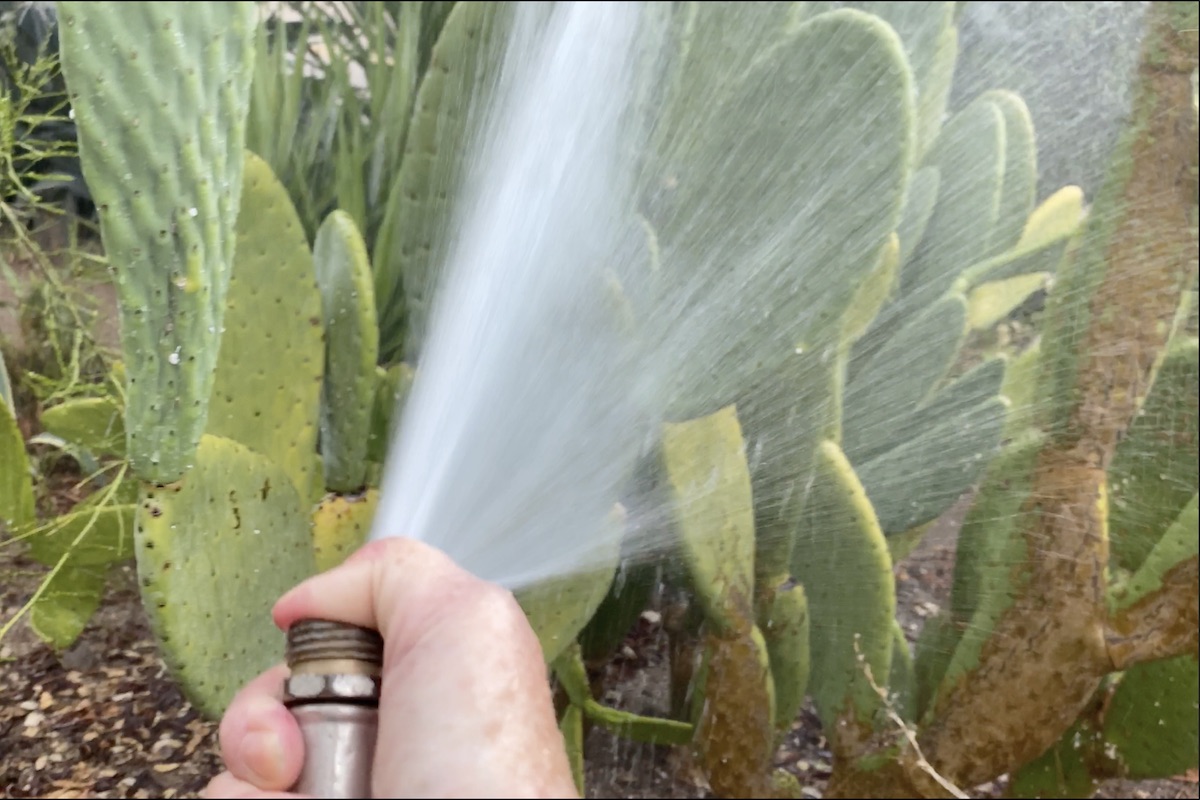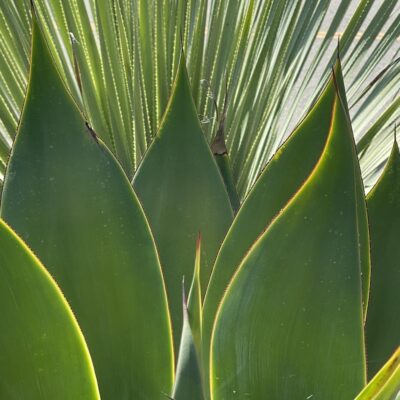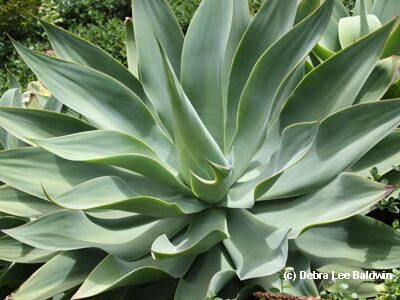You're aware of autumn in sun and shadows, shorter days and drier air, and so is your garden. Smart plant parents are attuned to wind, rain and frost. And they're vigilant. Succulents recovering from summer heat and sun are especially vulnerable to pests.
These seasonal succulent must-do's are for southern and coastal CA, from the Bay Area south. If you live beyond, please visit my site's Succulent Care By Season and Region page.
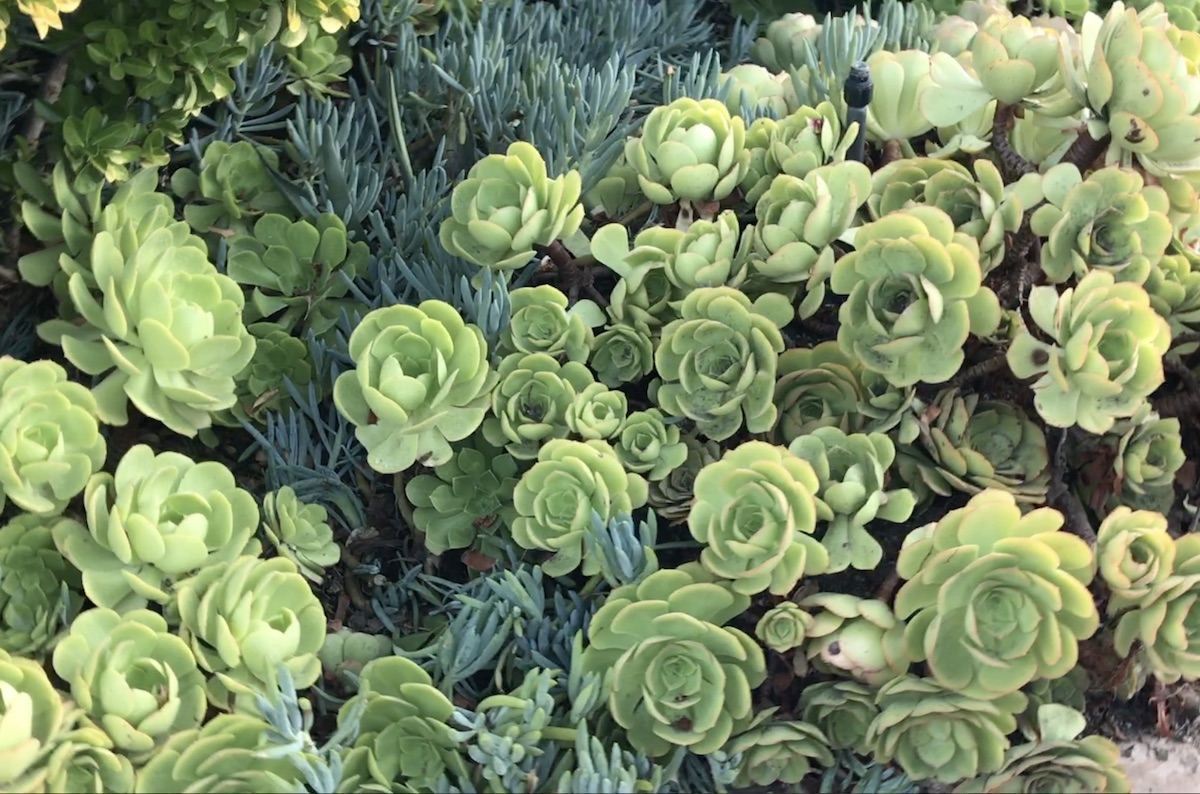
Blue Senecio mandraliscae and aeoniums, from my latest video: How to Fill Gaps in Your Succulent Garden
In September and October...
(1) Aeoniums and senecios (shown above) are emerging from summer dormancy. Cut back leggy aeoniums, replant rosettes, and discard old plants roots and all. See how in my video, How to Refresh an Overgrown Succulent Garden (4:48).
(2) Trim Senecio mandraliscae by several inches, and plant cuttings in gaps. Old stems branch where cut, which helps mass plantings grow fuller. See how in my new video, How to Fill Gaps in Your Succulent Garden (2:21).
(3) Apply a weed preventer (pre-emergent herbicide). This nontoxic, granulated powder stops seeds from germinating. Spread it before the first rainstorm wherever you don't want annual weeds. More.
(4) Check your garden's run-off. Create channels that divert rain from succulents in low spots. If they sit where water collects, they may rot.
(5) Treat agaves for snout weevil. This essential preventative needs doing in spring and fall. It also saves infested plants if caught early. What to use.
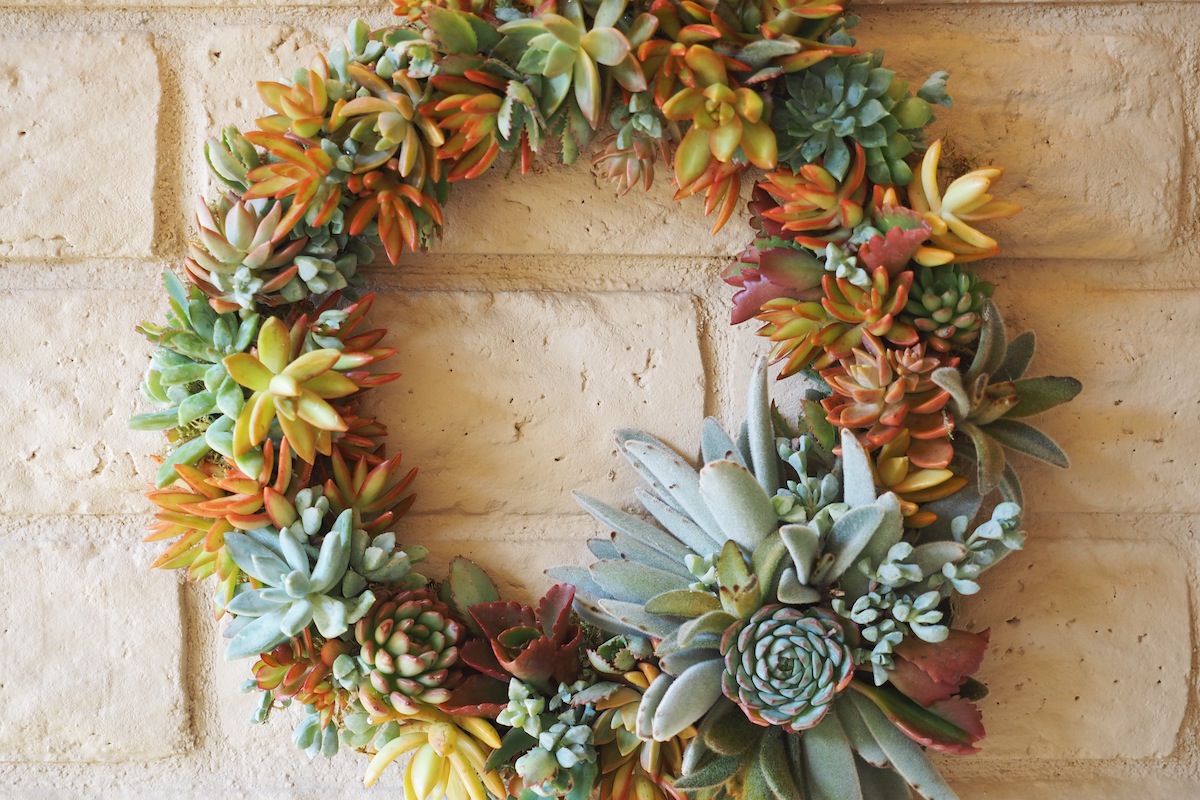
Autumn succulent wreath
(6) Create a wreath that'll transition from fall into winter. See my video: Make an Autumn-Themed Succulent Wreath DIY (3:58).
(7) Fertilize in-ground succulents with Ironite. Ideal for newly planted gardens, it boosts spring growth. Take care it doesn't stain hardscape.
(8) Scrub cochineal scale off opuntia pads. Remove the bumpy white colonies with a soft-bristled shower brush dipped in Safer soap. Read my article. Watch the video.

Ants on gasteria
(9) Check for ants in outdoor potted succulents, especially haworthias, gasterias and aloes. A tell-tale sign is soil in the crowns, pushed up from below. What to do.
(10) Heat, sun and Santa Ana winds can desiccate succulents. Cuttings are most at risk because they lack roots, so plant them after the winds die down.
Cochineal Scale on Paddle Cactus, What To Do
White fuzzy lumps on paddle cactus are cochineal (coach-en-ee-al) scale, a parasite that pierces the plant’s skin and consumes its juices. It’s used to make carmine dye.
Agave Snout Weevil Prevention and Treatment
Agave experts, growers, and pest management specialists advise drenching the soil around healthy agaves with a systemic insecticide containing imidacloprid.* Untreated agaves are at high risk of infestation. If treated early enough, an infested agave may survive. The agave snout-nosed weevil is a half-inch-long black beetle with a downward-curving proboscis that enables it to pierce an agave’s…
Succulent Pests, Large and Small
Common succulent pests, diseases, and problems include agave grease mite, aloe mite, ant infestation, aphids, black spots, cochineal scale, deer, desiccation, etiolation, frost, gopher, hail, mealy bugs, mildew, rabbit, rot, snails and sunburn. Also find out how NOT to deal with a skunk!
The post Autumn Succulent Checklist appeared first on Debra Lee Baldwin. Copyright © Debra Lee Baldwin.
from Debra Lee Baldwin https://ift.tt/32Q0fFJ
via IFTTT

